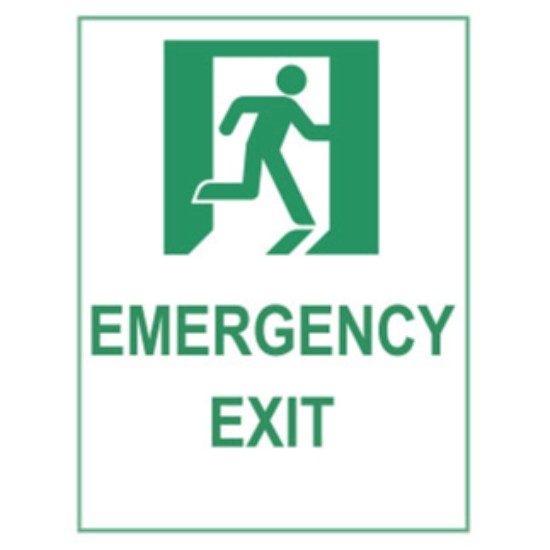
To protect your employees and comply with Ohio Fire Code, your company should have a fire escape plan. If not, take a few minutes to write one down and ensure everyone knows how to respond in the event of an emergency.
Fire Safety & Evacuation Plan – it sits in the drawer with your employee handbook, right? So why write or revise yours? Well, the Ohio Fire Code requires that most workplaces* have a fire safety and evacuation plan and outlines what should be included. OSHA requires that companies with 10 or more employees have written fire prevention and emergency exit plans in place for each worksite. (*It’s a long list based on building occupancy or type – but be safe, make a plan.)
Your fire safety plan should include:
- A general building description and description of fire safety systems including smoke detectors, smoke alarms, fire alarms, kitchen hood extinguishing systems, fire extinguishers and locations. Description of emergency voice/alarm communication system alert tone and pre-programmed voice messages.
- Primary Emergency Contacts.
- Fire Warden contact information and duties (if applicable, this is usually for large manufacturing facilities or high rise buildings).
- Impairment Coordinator and Duties.
- This person is designated to monitor and oversee all planned or unplanned impairments to the fire and life-safety systems. All facilities with a fire protection or life-safety system are required by the Ohio Fire Code to have a designated “Impairment Coordinator.”
- List actions taken by staff in the event of a fire or emergency.
- For example, pull the closest fire alarm. Dial 911. Initiate building evacuation. Attempt to put out the fire with a fire extinguisher.
- Evacuation Routes.
- Include evacuation routes for everyone, including procedures for employees who must remain to operate critical equipment before evacuating.
- Evacuation Assembly points and procedures for accounting for employees.
- Evacuation Drills and Training.
- Special Equipment, Hazards, or Procedures.
- Do you have fuel, chemicals, individuals who may need special assistance in an emergency?
- Identification and assignment of personnel responsible for rescue or emergency medical aid. Do you have anyone on staff that is CPR trained?
If you have all these items checked off in your current plan, then make sure all employees have read and understand what to do, and then take a minute to relax!
If you do not have all these items checked off, or if you don’t have a plan at all, check out this template.
A1 is a leading expert on the latest technology in life safety. To find out more information or to ask a question, click here or call us at 1-800-859-6198.
